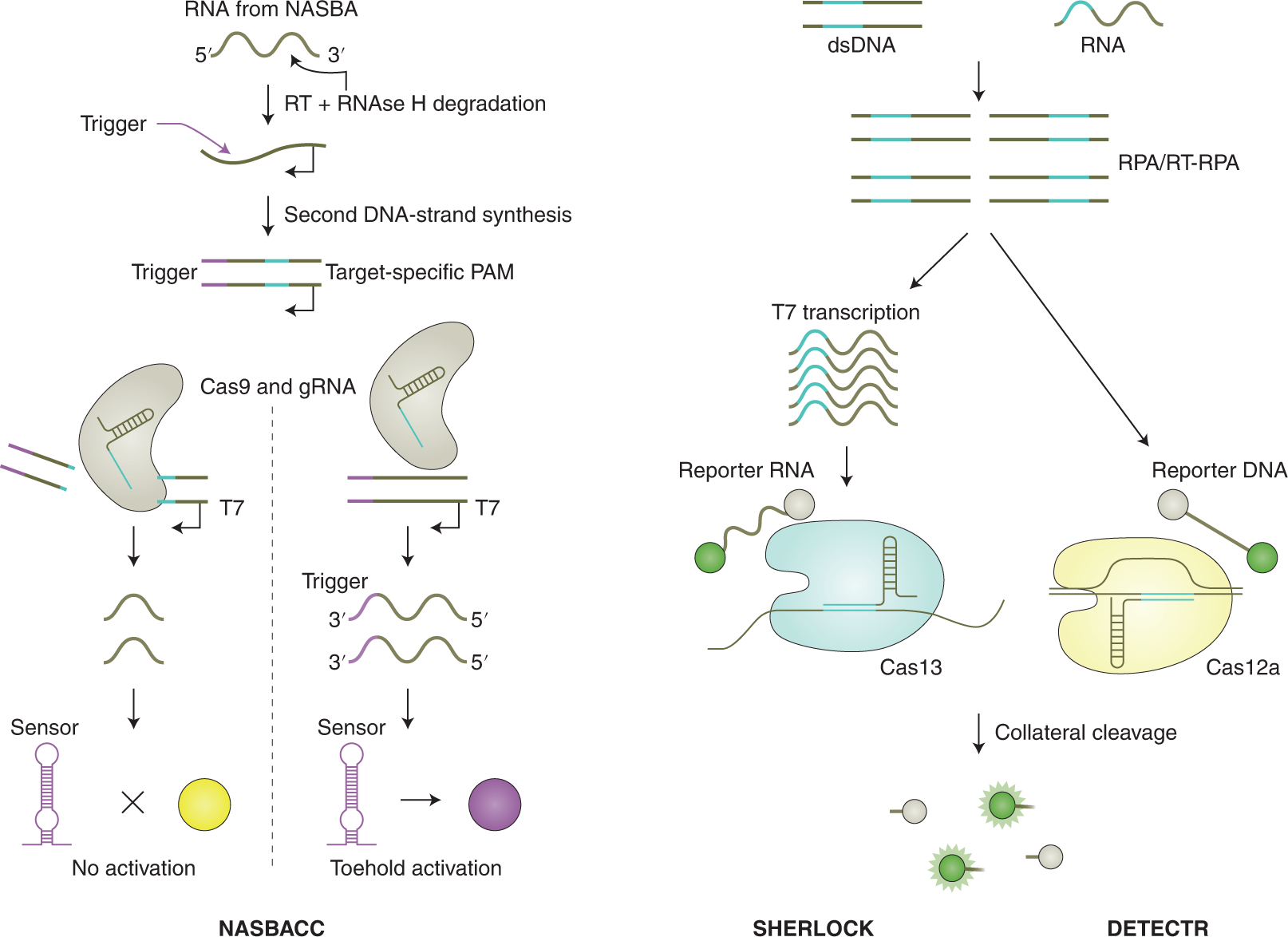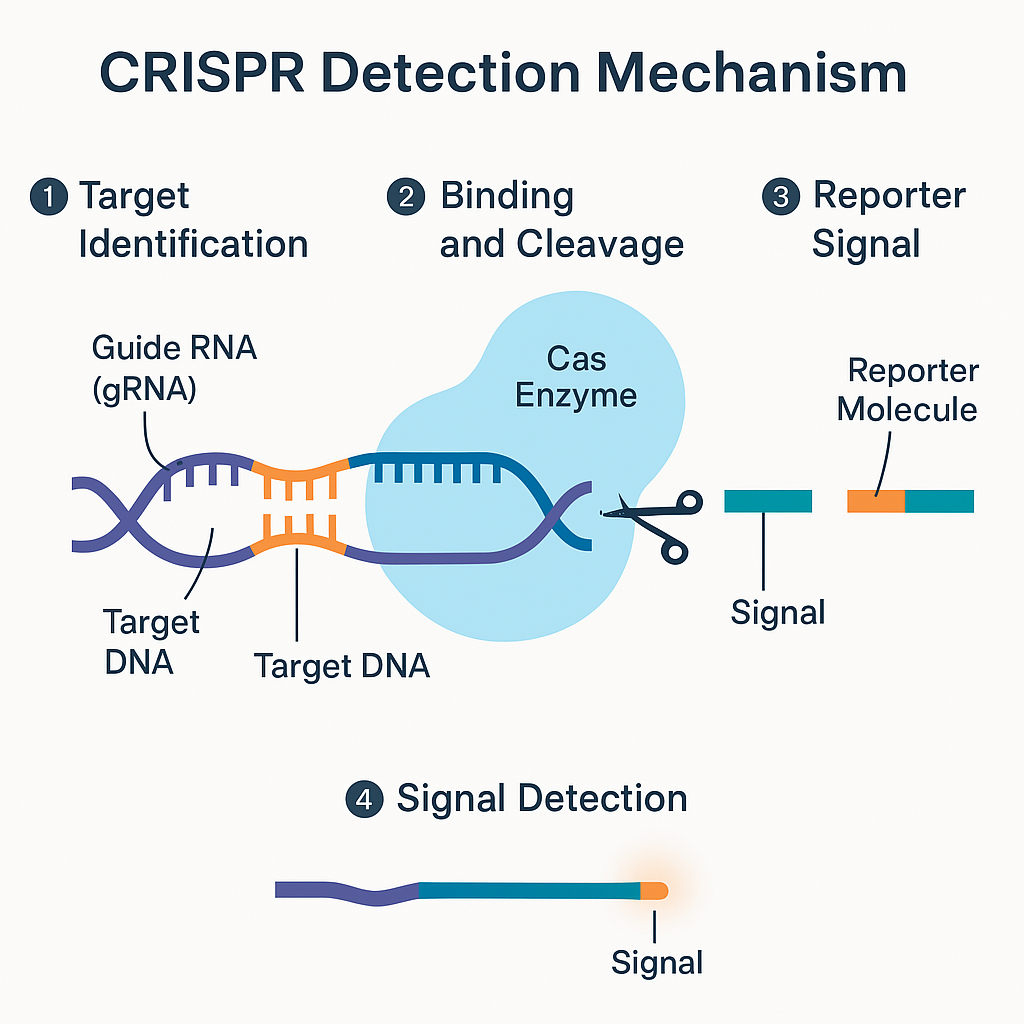- Courses
- GS Full Course 1 Year
- GS Full Course 2 Year
- GS Full Course 3 Year
- GS Full Course Till Selection
- Online Program
- GS Recorded Course
- NCERT (Recorded 500+ Hours)
- Polity Recorded Course
- Geography Recorded Course
- Economy Recorded Course
- AMAC Recorded Course
- Modern India, Post Independence & World History
- Environment Recoded Course
- Governance Recoded Course
- Science & Tech. Recoded Course
- International Relations and Internal Security Recorded Course
- Disaster Management Module Course
- Ethics Recoded Course
- Essay Recoded Course
- Current Affairs Recoded Course
- CSAT
- 5 LAYERED ARJUNA Mentorship
- Public Administration Optional
- ABOUT US
- OUR TOPPERS
- TEST SERIES
- FREE STUDY MATERIAL
- VIDEOS
- CONTACT US
ACTREC’s RAPID-CRISPR Test: Fast-Tracking Diagnosis of a Rare Blood Cancer
ACTREC’s RAPID-CRISPR Test: Fast-Tracking Diagnosis of a Rare Blood Cancer

Introduction
- Acute Promyelocytic Leukemia (APL) is a medical emergency requiring immediate diagnosis to avoid fatal complications.
- Researchers at ACTREC, Tata Memorial Centre have developed RAPID-CRISPR, a fast, accurate test that detects the key genetic mutation in under 3 hours.
- This innovation, supported by the Department of Atomic Energy and published in Blood Advances, could redefine cancer care accessibility in India.
What is Acute Promyelocytic Leukemia (APL)?
- APL is a rare and aggressive subtype of Acute Myeloid Leukemia (AML) that is caused by a specific genetic mutation — the PML-RARA gene fusion. This leads to accumulation of immature white blood cells (promyelocytes), affecting immunity and blood clotting.
- It is a medical emergency because it can cause sudden and severe internal bleeding, especially in the lungs and brain. Death can occur within days if treatment is delayed.
- Despite its severity, APL is highly curable if diagnosed early. Clinical trials report over 90% survival at 3 years, while real-world early mortality varies between 6% to 21%, depending on patient age and treatment conditions.
- Immediate treatment is crucial. Doctors often administer ATRA (all-trans retinoic acid) as soon as APL is suspected, even before diagnosis is confirmed, to prevent fatal outcomes.
- APL differs from other AML types in its cause, treatment, and prognosis. It responds well to ATRA and arsenic trioxide, while other AML types require different, often less targeted therapies.
- In India, Tata Memorial Hospital records 50–60 APL cases per year, with a median diagnosis age of 34 years and a male:female ratio of 1.5:1.
- Acute Myeloid Leukemia (AML) is a fast-growing blood cancer that affects white blood cell production. APL is a distinct subtype of it with unique diagnosis and treatment needs, making early identification crucial.
Table: APL vs AML
|
Aspect |
APL |
AML |
|
Type |
Subtype of AML |
Broad category of blood cancers |
|
Genetic Cause |
PML-RARA gene fusion |
Various mutations |
|
Treatment |
ATRA + Arsenic Trioxide (targeted) |
Chemotherapy (less specific) |
|
Prognosis |
High cure rate with early diagnosis |
Varies based on subtype |
|
Incidence |
5-8% of AML cases |
More common than APL |
Diagnostic Barriers in APL Detection
- APL is a medical emergency, and delays in diagnosis can lead to fatal bleeding complications within days. Immediate treatment is critical, but the current diagnostic process is time-consuming and resource-intensive.
- Conventional tests like RQ-PCR and FISH are widely used to detect the PML-RARA gene fusion. However, these tests:
- Require 3–6 hours (RQ-PCR) or more (FISH) for results
- Involve complex lab infrastructure and skilled personnel
- Are often inaccessible in rural hospitals and small clinics
- Advanced test kits, including imported ones like Goffin Molecular’s PML-RARA Real-Time PCR Kit, are costly and logistically difficult to deploy in Tier-2/3 hospitals.
- Due to these delays, early mortality rates can be as high as 34.6%, especially in patients with high-risk bleeding. Hemorrhage is the leading cause of death in undiagnosed or late-treated APL.
- Alternative technologies like RT-QLAMP offer faster results (~16 minutes) but are not yet widely adopted due to cost and operational challenges.
- Overall, the lack of rapid, affordable, and accessible diagnostics leads to critical delays in initiating life-saving treatment like ATRA, especially outside major urban centers.
ACTREC’s Breakthrough: The RAPID-CRISPR Advantage
- The Advanced Centre for Treatment, Research and Education in Cancer (ACTREC), under Tata Memorial Centre, has developed RAPID-CRISPR to detect Acute Promyelocytic Leukemia (APL) with speed, accuracy, and affordability.
- RAPID-CRISPR stands for Redefined APL Identification and uses CRISPR technology to detect the disease-specific PML-RARA gene fusion.
- The test delivers results in under 3 hours, a major leap over conventional methods like RQ-PCR or FISH, which often take several hours to days.
- It achieves nearly 100% sensitivity and specificity, detecting even a single copy of the faulty gene — making it 10x more sensitive than current gold-standard tests.
- Unlike traditional tests, RAPID-CRISPR:
- Uses a simple lateral flow strip (like a pregnancy test)
- Requires no complex lab equipment
- Can be operated without highly trained personnel
- The test was supported by the Department of Atomic Energy and the findings were published in the journal Blood Advances, reflecting global recognition of its impact.
- Cost-effective and accessible, RAPID-CRISPR is ideal for resource-limited settings, especially in Tier-2/3 cities and rural hospitals.
- Researchers are currently working to:
- Integrate the three isoform tests into a single-tube reaction
- Enable at-home diagnostic potential in the future
How the RAPID-CRISPR Test Works
CRISPR technology, widely known for gene editing, is also used for detecting diseases like APL. Tests like RAPID-CRISPR repurpose this technology to identify specific genetic mutations quickly and accurately.
- RAPID-CRISPR uses CRISPR technology not for gene editing, but for diagnosis — to detect a specific genetic mutation (PML-RARA fusion gene) that causes APL.
- The test relies on two important components:
- Guide RNA (gRNA): Like a GPS, it finds the exact location of the faulty gene.
- Cas Enzyme (such as Cas12a): A protein that cuts the gene once it is found.
- When the test is done:
- The gRNA searches the patient’s sample for the PML-RARA mutation.
- If the mutation is present, the Cas enzyme cuts both the mutation and special reporter molecules added to the test.
- These reporter molecules are designed to create a visible signal (like a color change) when cut.
- The result appears on a lateral flow strip, which looks and works similar to a home pregnancy test — one visible line means the mutation is found, helping doctors confirm APL diagnosis.
- The test can be done using a small blood sample in most cases. In a few patients (about 20%) with very low white blood cell count, a bone marrow sample may be needed.
- Unlike other tests like RQ-PCR or FISH, RAPID-CRISPR:
- Does not require DNA amplification
- Does not need complex lab machines
- Gives results in less than 3 hours
- Has nearly 100% accuracy, reducing chances of false results
Why RAPID-CRISPR Matters for India’s Healthcare System
- Bridging Urban-Rural Gaps:
Many rural and Tier-2/3 hospitals lack access to tests like RQ-PCR or FISH. RAPID-CRISPR works without expensive machines or specialists, making it suitable for district hospitals and health centres. - Affordable and Scalable:
With its low-cost, strip-based format, the test avoids reliance on foreign kits and high-end labs. It can be scaled easily in public health systems. - Reducing Diagnostic Inequality:
Diagnostic access in India is still urban-centric. RAPID-CRISPR helps bring early cancer detection to underserved regions, improving access and outcomes. - Saving Lives Through Early Detection:
APL can turn fatal in hours without timely treatment. This test enables faster diagnosis and ATRA initiation, especially for patients who reach hospitals late. - Scope for Wider Use:
Its simplicity allows integration into routine hospital use. Future versions may offer single-strip formats or at-home testing, expanding access even further. - Aligning with Health Goals:
As a public-sector innovation, RAPID-CRISPR supports India’s goals of equitable healthcare, digital diagnostics, and cost-effective cancer screening.
Conclusion
- RAPID-CRISPR offers a fast, accurate, and accessible way to diagnose APL, addressing critical gaps in India’s cancer care.
- Its simplicity makes it ideal for rural and resource-limited settings, enabling timely, life-saving treatment.
- As India advances toward equitable healthcare, innovations like this redefine early diagnosis as a public health right.
Appendix 1: Key Terms and Abbreviations
|
Appendix 2 : RAPID-CRISPR vs RQ-PCR vs FISH |
|||||
|
|
Test Type |
Time to Result |
Cost |
Lab Setup Needed |
Rural Use Feasibility |
|
|
RAPID-CRISPR |
Under 3 hours |
Low |
Minimal (strip-based test) |
Highly Suitable |
|
|
RQ-PCR |
3–6 hours |
High |
Advanced machines + experts |
Limited |
|
|
FISH |
1–2 days |
High |
Specialized lab & tools |
Not Feasible |

Appendix 3: What is CRISPR?CRISPR (Clustered Regularly Interspaced Short Palindromic Repeats) is a natural defense system found in bacteria, which scientists have turned into a powerful tool for genetic engineering. What is Gene Editing?Gene editing means precisely changing DNA inside living cells — either by cutting out faulty genes, inserting new ones, or fixing mutations.
This allows scientists to edit the genome of plants, animals, and humans with high precision. It’s being explored for curing genetic diseases, improving crops, and more. CRISPR in DiagnosticsBeyond editing, CRISPR can also be used to detect diseases. In diagnostic tests like RAPID-CRISPR, the Cas enzyme cuts reporter molecules after finding a disease-causing gene.
|
|
Also Read |
|
| NCERT Books For UPSC | |
| UPSC Monthly Magazine | Best IAS Coaching in Delhi |




